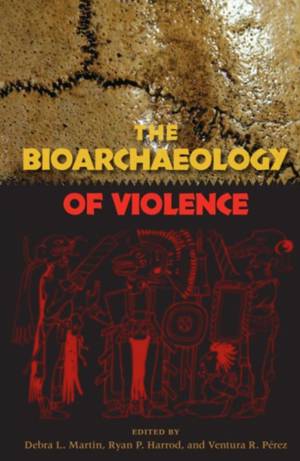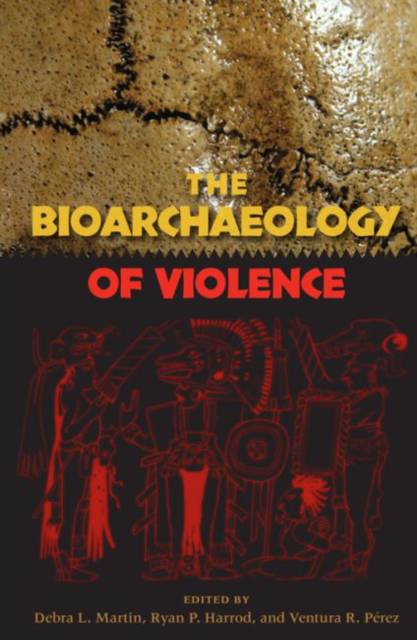
- Retrait gratuit dans votre magasin Club
- 7.000.000 titres dans notre catalogue
- Payer en toute sécurité
- Toujours un magasin près de chez vous
- Retrait gratuit dans votre magasin Club
- 7.000.0000 titres dans notre catalogue
- Payer en toute sécurité
- Toujours un magasin près de chez vous
The Bioarchaeology of Violence
Description
"The tragedies of violence have seldom been told with such a compelling use of the biocultural perspective. Building on a solid methodological foundation, we are served theoretical perspectives that are unusually rich and nuanced in their application to the case studies. This collection of case studies is a valuable contribution to the bioarchaeological literature."--George Armelagos, Emory University
Human violence is an inescapable aspect of our society and culture. As the archaeological record clearly shows, this has always been true. What is its origin? What role does it play in shaping our behavior? How do ritual acts and cultural sanctions make violence acceptable?
These and other questions are addressed by the contributors to The Bioarchaeology of Violence. Organized thematically, the volume opens by laying the groundwork for new theoretical approaches that move beyond interpretation; it then examines case studies from small-scale conflict to warfare to ritualized violence. Experts on a wide range of ancient societies highlight the meaning and motivation of past uses of violence, revealing how violence often plays an important role in maintaining and suppressing the challenges to the status quo, and how it is frequently a performance meant to be witnessed by others. The interesting and nuanced insights offered in this volume explore both the costs and the benefits of violence throughout human prehistory.Spécifications
Parties prenantes
- Editeur:
Contenu
- Nombre de pages :
- 304
- Langue:
- Anglais
- Collection :
Caractéristiques
- EAN:
- 9780813049502
- Date de parution :
- 17-10-13
- Format:
- Livre broché
- Format numérique:
- Trade paperback (VS)
- Dimensions :
- 152 mm x 229 mm
- Poids :
- 453 g

Les avis
Nous publions uniquement les avis qui respectent les conditions requises. Consultez nos conditions pour les avis.





